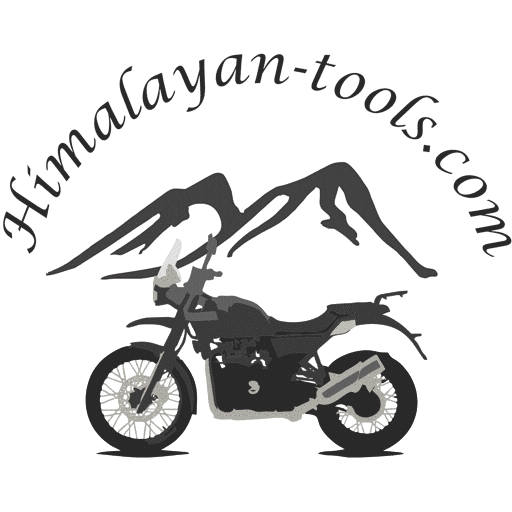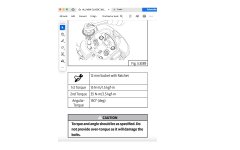Question. In the Service manual for the 350 Classic, it shows torquing the cylinder bolts to 15nm, then 35nm and then an additional 150 degrees.
Am I reading that correctly?
And I'm reusing my bolts, I have upgraded other motors in the past reusing head and cylinder bolts without any problems.
Anyone run into any issues doing the same procedure?
Am I reading that correctly?
And I'm reusing my bolts, I have upgraded other motors in the past reusing head and cylinder bolts without any problems.
Anyone run into any issues doing the same procedure?



